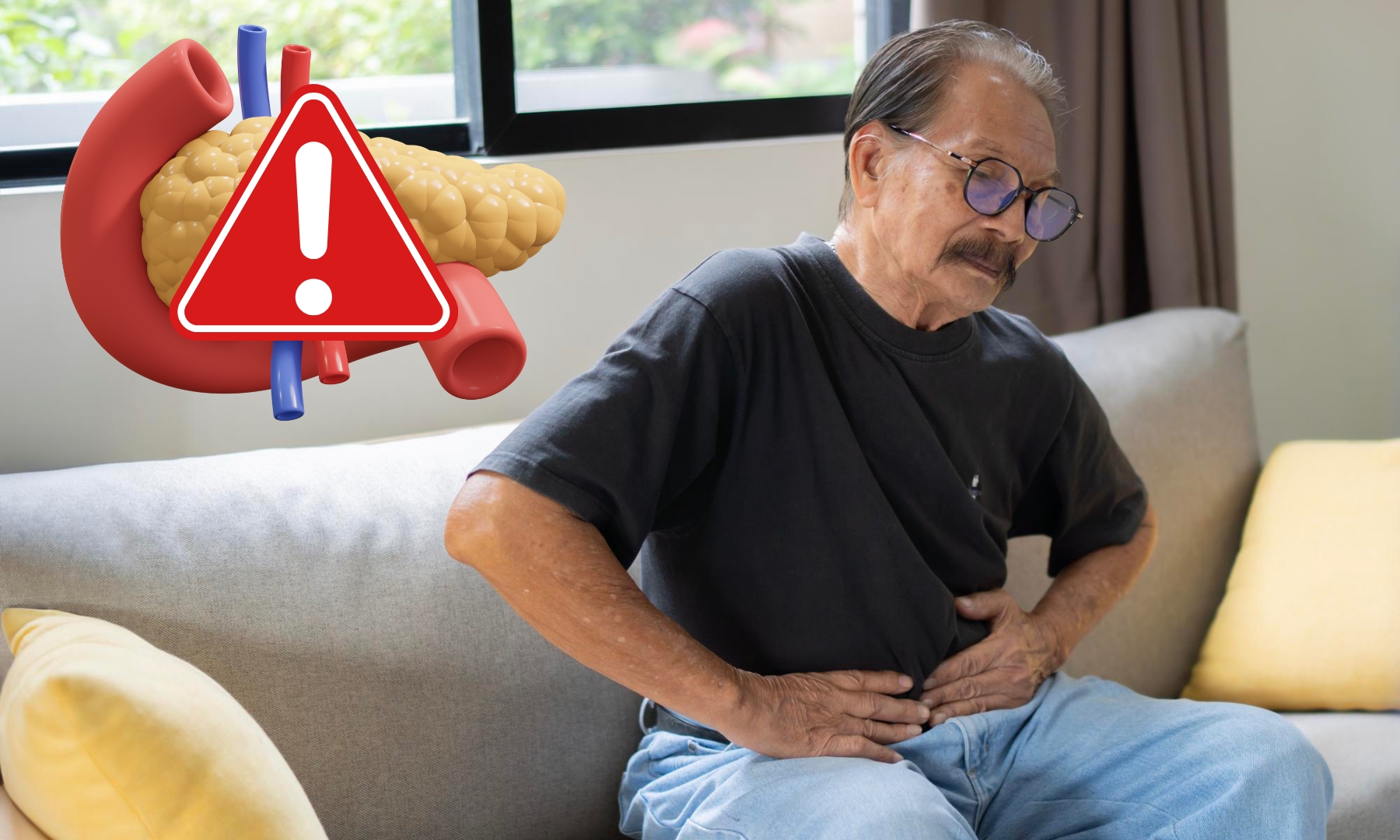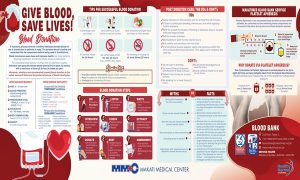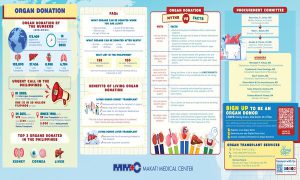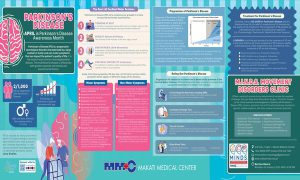While small pancreas is responsible for crucial functions like producing digestive enzymes to help break down
carbs, fats, and proteins, and releasing hormones like insulin that regulate blood sugar, it often gets
overshadowed—quite literally—by the abdomen and the liver. That is until we hear someone like Apple CEO
Steve Jobs or Dirty Dancing star Patrick Swayze succumbing to Pancreatic Cancer.
Jobs found out about this condition by chance during a CT scan for kidney stones in 2003. A year after, he sent
Apple employees an email that he was diagnosed with “a very rare form” of Pancreatic Cancer called an islet cell
neuroendocrine tumor. In 2004, he finally underwent surgery to remove the cancer and was still able to oversee
the launch of the first-generation iPhone in 2007. Jobs eventually died in 2011 at the age of 56.
Swayze, meanwhile, always had digestive issues, according to his wife Lisa Niemi Swayze. But it was his yellow
eyes that made them finally see a doctor. He was then diagnosed with stage 4 Pancreatic Cancer in 2008, which
later metastasized to his liver. A heavy smoker, the actor passed away in 2009 at 57, less than two years after his
diagnosis.
Pancreatic Cancer is often considered an aggressive type. But as Andrea Vergara-Gozum, MD, a
Gastroenterologist at Makati Medical Center (MakatiMed), underlines, it usually begins with a benign tumor.
“Most of the pancreatic masses we encounter become malignant or turn out to be cancerous. These masses often
start benign,” she shares. “Given its location in the body, it’s hard to detect pancreatic mass early until it gets
malignant, or when it already reached an advanced stage and symptoms become apparent.”
The doctor further explains that the formation of benign masses is usually something that’s determined by your
genes. This means your risk increases if you have a history of pancreatic mass in the family. It can also result from
changes in the DNA.
Dr. Vergara-Gozum notes that other risk factors include gender, as pancreatic masses are common among men,
and smoking. Studies have reported that smoking five (5) cigarettes a day can increase the risk. Even after
quitting, the elevated risk can persist for up to 10 years. Obesity or being overweight, chronic pancreatitis lasting
over 10 years, and increased alcohol intake can all contribute to the development of pancreatic mass.
“People with pancreatic mass often experience symptoms such as stomach aches right after eating, severe back
pain, poor appetite, weight loss, jaundice, itchy skin, and nausea or vomiting,” shares Dr. Vergara-Gozum.
However, experiencing these symptoms alone doesn’t mean you possibly have pancreatic mass. Your family
history still matters. “Individuals with a family history of pancreatic masses are advised to undergo regular
screenings to monitor the health of their pancreas,” the doctor says.
“These masses are typically diagnosed in people aged 60 and above. For those at high risk, it is recommended to
start screening at age 50, or 10 years before the age at which their relative was diagnosed. Individuals who receive
a positive result from genetic testing are advised to begin screening as early as 35.”
Screening may require whole abdomen ultrasound, abdominal MRI, or endoscopic ultrasound—an invasive
procedure that involves sedation. For all three procedures, the doctor shares fasting for 8-10 hours is required. For
Endoscopic Ultrasound, patients who are 40 and above should obtain clearance from a Cardiologist.
“Once the pancreatic mass is discovered, the next step is a biopsy. If the biopsy results confirm a malignancy, we
begin staging through non-invasive imaging like CT scan or the invasive endoscopic ultrasound,” explains Dr.
Vergara-Gozum. “We need to know the stage or the extent of the cancer, so we can guide the patient if
chemotherapy or drugs can somehow help make the tumor smaller or surgery is really required. Surgery to
remove the cancer or the entire pancreas can be quite a taxing procedure. It requires thorough coordination with
the patient and the family and meticulous planning by the medical team.”
While it’s possible to live without pancreas, the Gastroenterologist underlines that it produces hormones essential
for survival. “Removing the pancreas means that a patient will need to take certain vitamins and other
medications determined by an endocrinologist. It’s also important to partner with a nutritionist to help the patient
understand the kinds of food they need to prioritize to manage complications and improve survival after the
procedure,” says Dr. Vergara-Gozum.
Pancreas mass, whether it’s benign or not, should not be ignored, especially if you have a family history of
pancreatic issues. Early detection is crucial, so you must consult a specialist as soon as possible if you’re at risk. Dr.
Vergara-Gozum also emphasizes the importance of keeping a healthy lifestyle by avoiding smoking and drinking,
exercising more, eating more vegetables and fruits, and taking everything in moderation to prevent future
problems with the pancreas and overall digestion.
Article based on the DZRH News’ LUNAS EXTENSION with ELLANIE BENSAL interview with Andrea Vergara-
Gozum, MD last April 25, 2024.
For the complete list of Makati Medical Center’s Gastroenterologists, click here. You may also reach us via MakatiMed
On-Call at (+632) 8888 8999 or at [email protected].
Follow our social media pages for more health-related content and for the latest updates:
https://www.makatimed.net.ph/social-media-pages/











